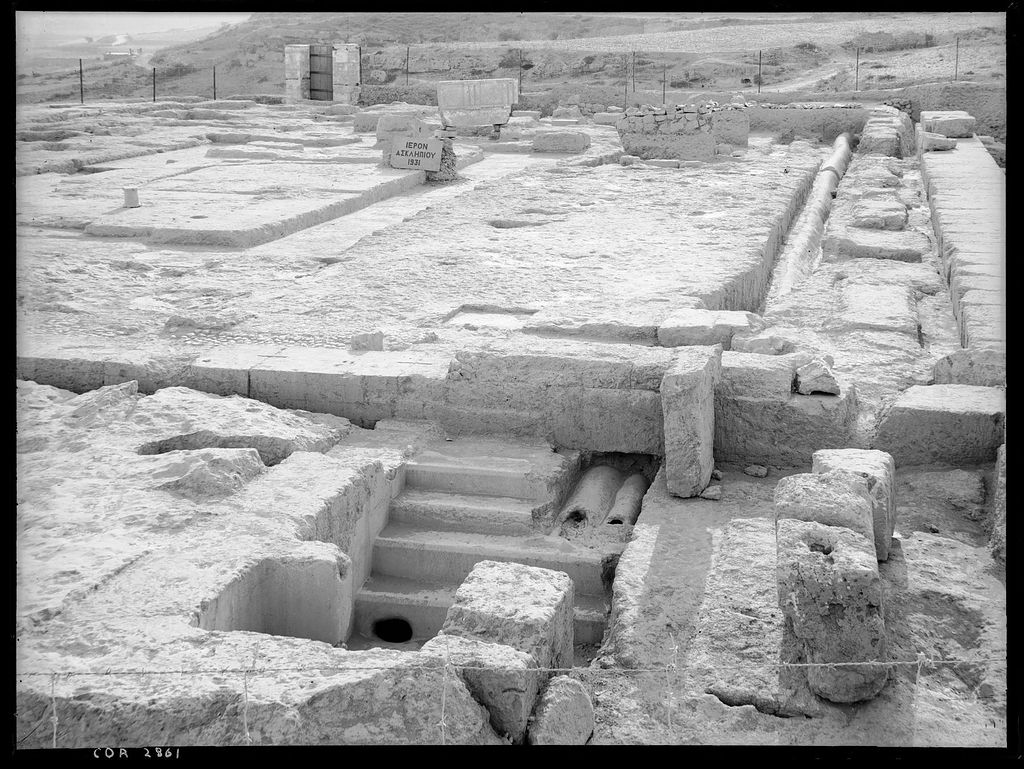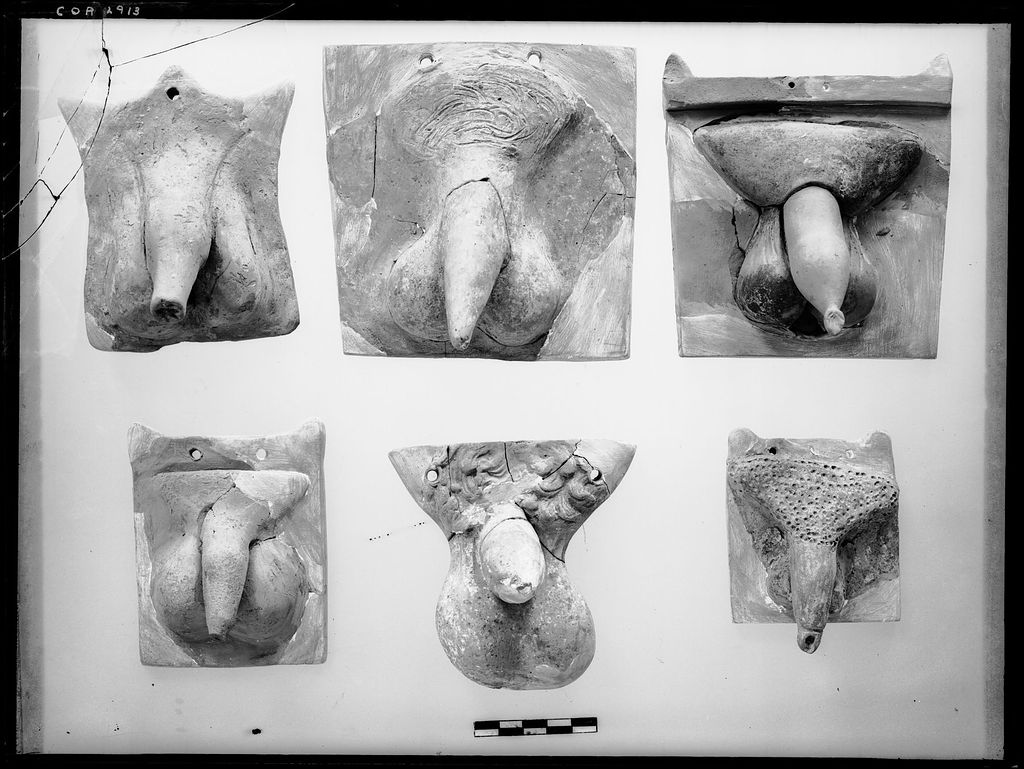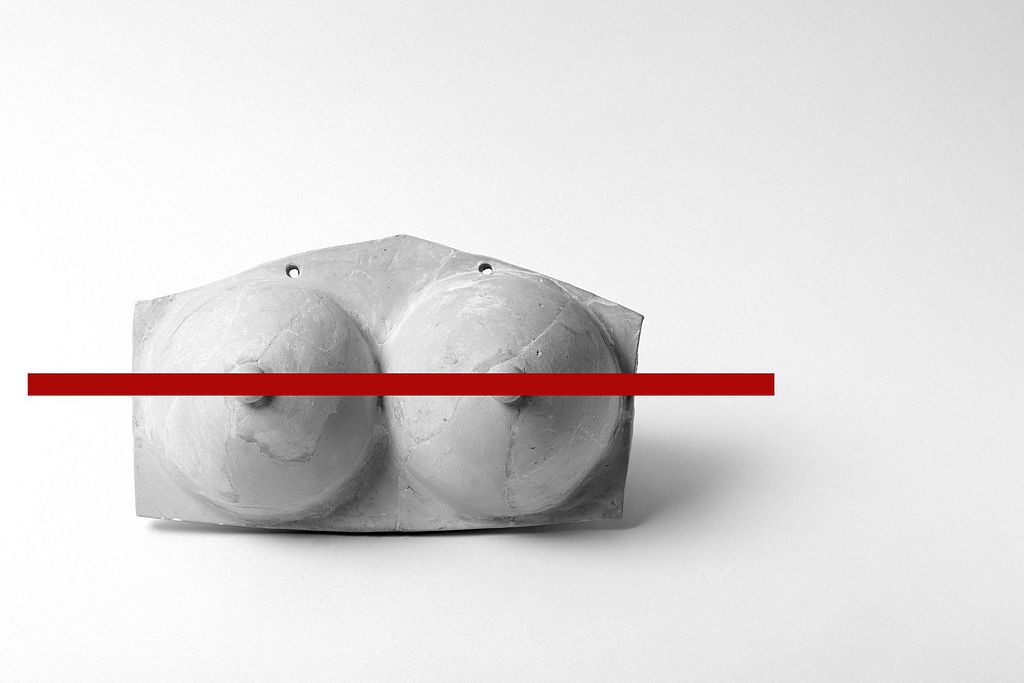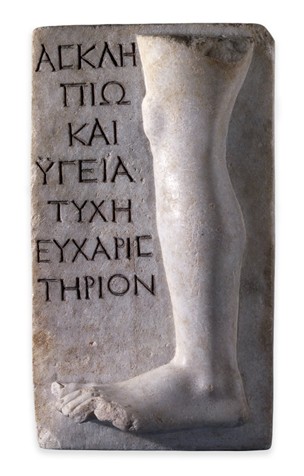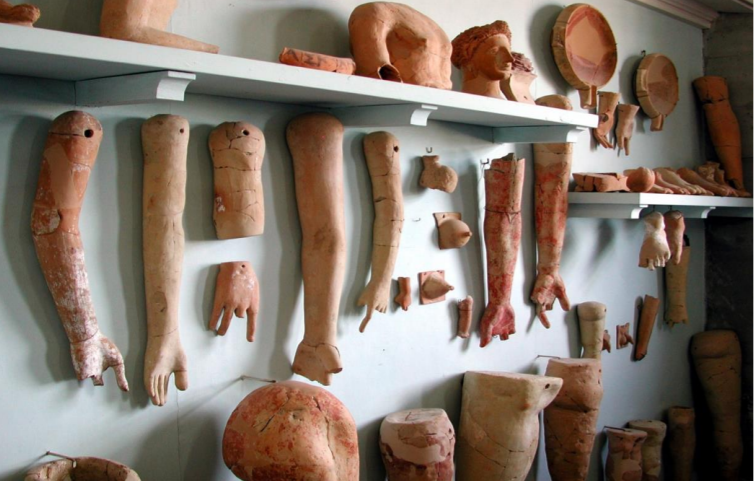As an archaeologist who studies the deep past, I’m here to tell you that we do not want to crash our health care system. We need our modern health care
This is what health care in the ancient Mediterranean looked like
/2
This is what health care in the ancient Mediterranean looked like
/2
There are thousands and thousands of similar objects, found at sites all over the ancient Mediterranean
Any idea what they are?
Bueller… Bueller?
/3
Any idea what they are?
Bueller… Bueller?
/3
These are anatomical votive statues or figurines. We find them at certain healing sanctuaries, usually those to the healing god Asklepios (Asclepius in Latin)
/4
/4
Most of the anatomical figurines shown here came from votive deposits from the Asklepeion at Corinth excavated, recorded, published, and digitized by countless scholars @ASCSAthens
These votives are around 2400 years old
/5
These votives are around 2400 years old
/5
Though I’ll sneak in a few others, like this votive face I came across in a recent visit to the Athenian Acropolis Museum (pic by Jonida Martini)
Praxias dedicated it after his wife’s eyes were cured
I’m mesmerized
/6
Praxias dedicated it after his wife’s eyes were cured
I’m mesmerized
/6
Clearly the recent photographer at @ASCSAthens Corinth has a sense of humor. Shout out to Petros Dellatolas if you’re reading!
This one is titled “Votive female breasts with red line”
/9
This one is titled “Votive female breasts with red line”
/9
This one is “Votive male genitals on kiwi seat cushion”
Amazeballs
Like literal, 2400-year-old amazeballs
/10
Amazeballs
Like literal, 2400-year-old amazeballs
/10
These figurines and sculptures were votive dedications. The concept is often summarized in this Latin phrase: Do ut des “I give so that you give”
Kinda like a quid pro quo with a divine being as a headache cure
/11
Kinda like a quid pro quo with a divine being as a headache cure
/11
So, when you got sick in Corinth you could head to the local Asklepios sanctuary. And you either promised to give a figurine of the sick part of your body once it is healed, or give the figurine straight up in the hope the god heals you
/12
/12
Most of these are clay figurines, of various sizes. But most were made from molded pieces, fired, and painted
They were mass-produced
These anatomical votives were like a temple industry
/13
They were mass-produced
These anatomical votives were like a temple industry
/13
The inscription on this one in @BritishMuseum says “Tyche to Asclepius and Hygiaeia as a thank offering”
Clearly Tyche’s leg had already healed
/14
Clearly Tyche’s leg had already healed
/14
This practice of giving votives (not just anatomical ones) in exchange for a fulfilled promise was a fairly regular feature to ancient Greco-Roman religion
ICYMI, here’s an intro to the complexity of Greek religion:
https://twitter.com/FlintDibble/status/1013869173355708416
/15">https://twitter.com/FlintDibb...
ICYMI, here’s an intro to the complexity of Greek religion:
https://twitter.com/FlintDibble/status/1013869173355708416
/15">https://twitter.com/FlintDibb...
Each cult was pretty different, with its own variations on votives
Vows to hold a sacrificial feast were common, and sometimes the foodstuffs (or drinking cups) were memorialized as material votives
/16
Vows to hold a sacrificial feast were common, and sometimes the foodstuffs (or drinking cups) were memorialized as material votives
/16
If you’re super wealthy, you could dedicate a whole building
Often votive objects might be made in precious bronze, silver, or gold. This was useful to a sanctuary because these could be converted to currency
/17
Often votive objects might be made in precious bronze, silver, or gold. This was useful to a sanctuary because these could be converted to currency
/17
We don’t find many precious votives b/c they were melted down in the past
But we have inscriptions from sanctuaries inscribing their precious votives (and their weights) on a monumental, marble tally-sheet
/18
But we have inscriptions from sanctuaries inscribing their precious votives (and their weights) on a monumental, marble tally-sheet
/18
But even the large numbers of mass-produced votives in clay were useful for the sanctuary to have on hand
/19
/19
No, you’re focusing on the wrong part!
See the holes. Many of these votives were meant to hang on walls or be suspended from the ceiling
They advertised the sanctuary’s past successes. Like yelp reviews…
/21
See the holes. Many of these votives were meant to hang on walls or be suspended from the ceiling
They advertised the sanctuary’s past successes. Like yelp reviews…
/21
Imagine getting sick and having to choose which healing sanctuary to go to
I think I’d go to the one with all the terracotta healed limbs hanging on the wall
/end
I think I’d go to the one with all the terracotta healed limbs hanging on the wall
/end
PS: these sorts of anatomical votives are found all over the world, and are still used in some cultures
If you’re interested in more excellent public writing on votives, check out http://thevotivesproject.org"> http://thevotivesproject.org organized by @e_jgraham and @jesshughes61
If you’re interested in more excellent public writing on votives, check out http://thevotivesproject.org"> http://thevotivesproject.org organized by @e_jgraham and @jesshughes61
While you wait for my next installment on ancient Greek and Roman health care, why not check out some of these related threads: https://twitter.com/FlintDibble/status/1243887940339720192">https://twitter.com/FlintDibb...
And citations/credits to all images can be found here: https://twitter.com/FDibbleCitation/status/1245703938327928832">https://twitter.com/FDibbleCi...

 Read on Twitter
Read on Twitter






